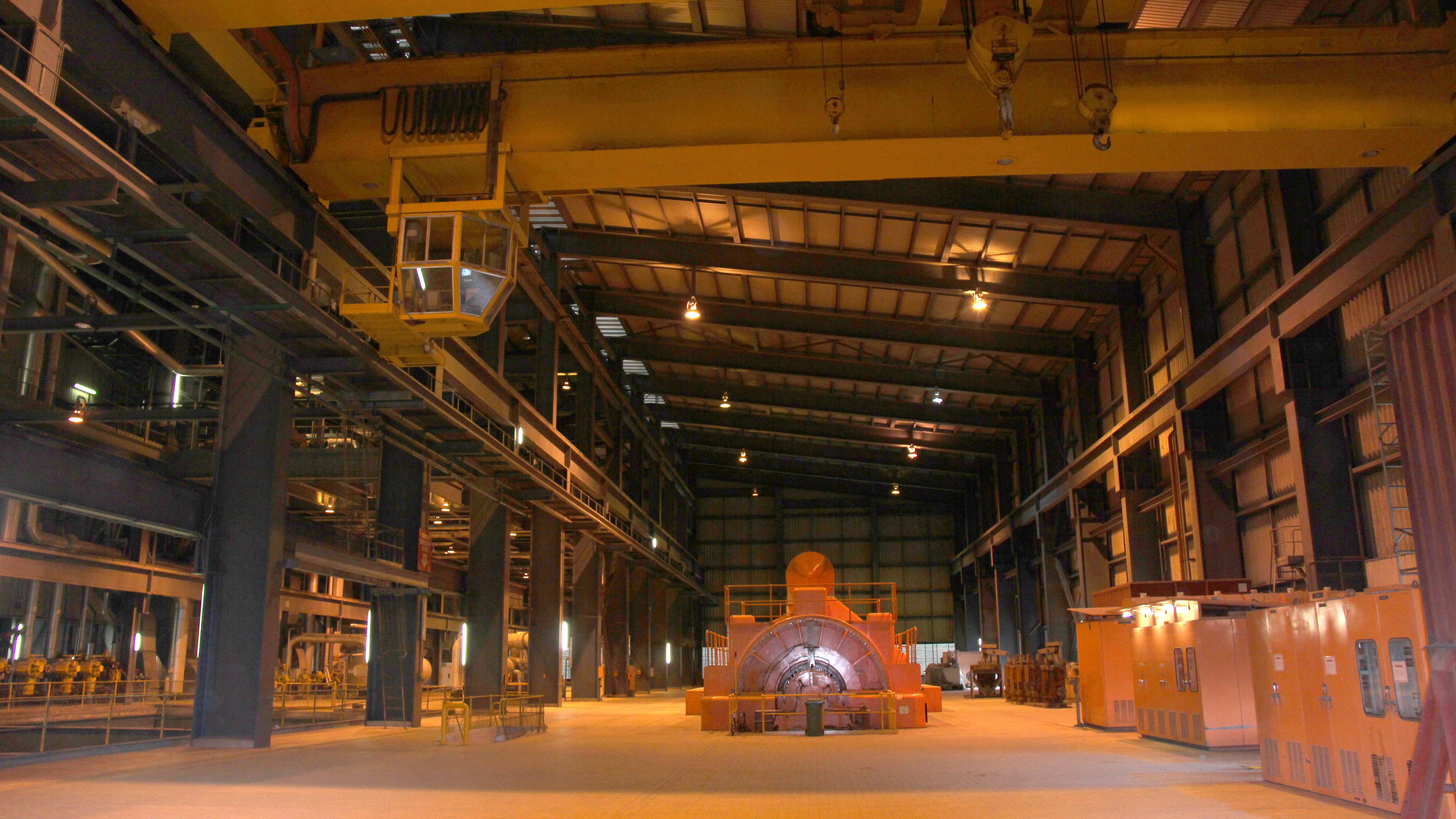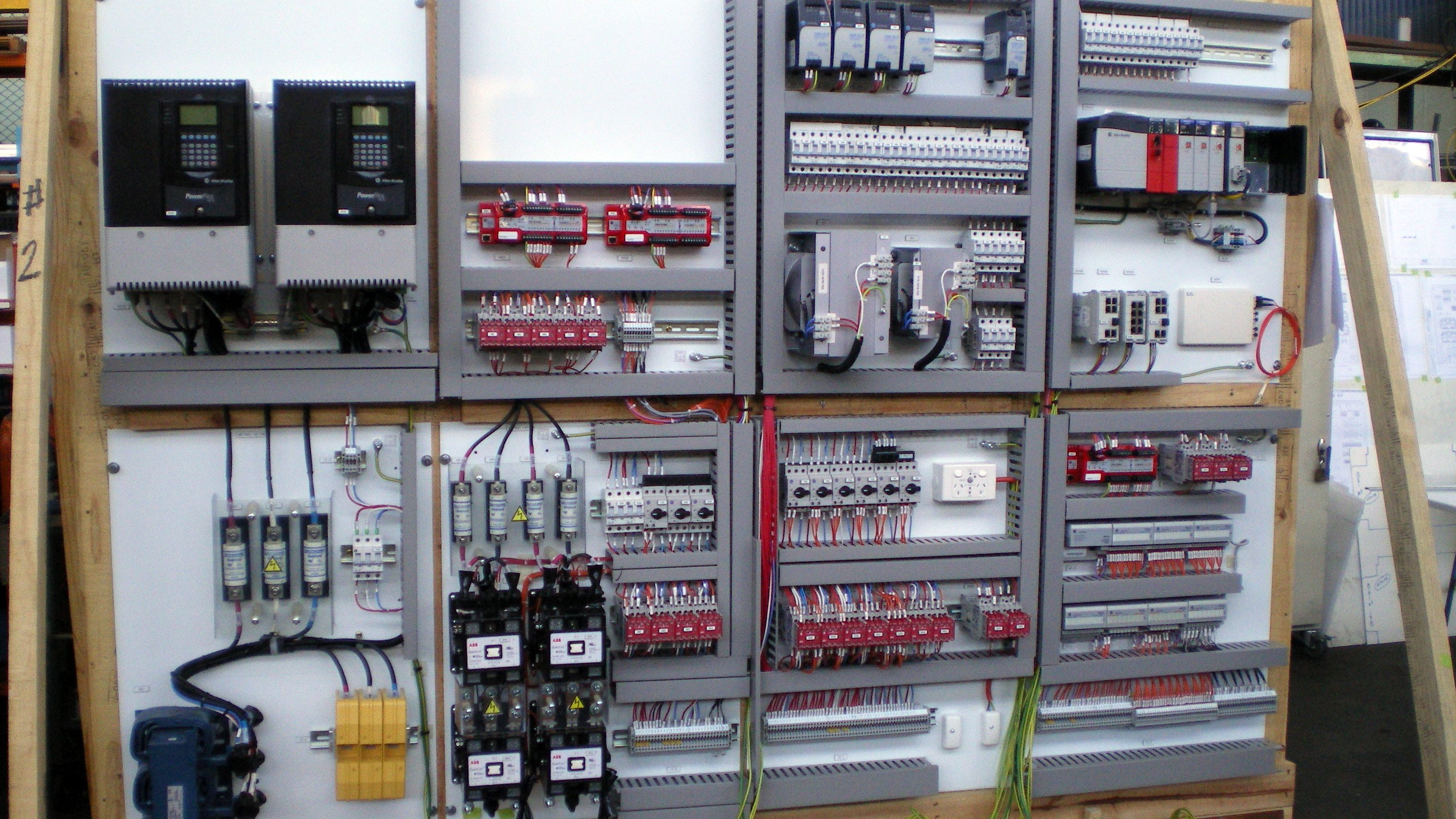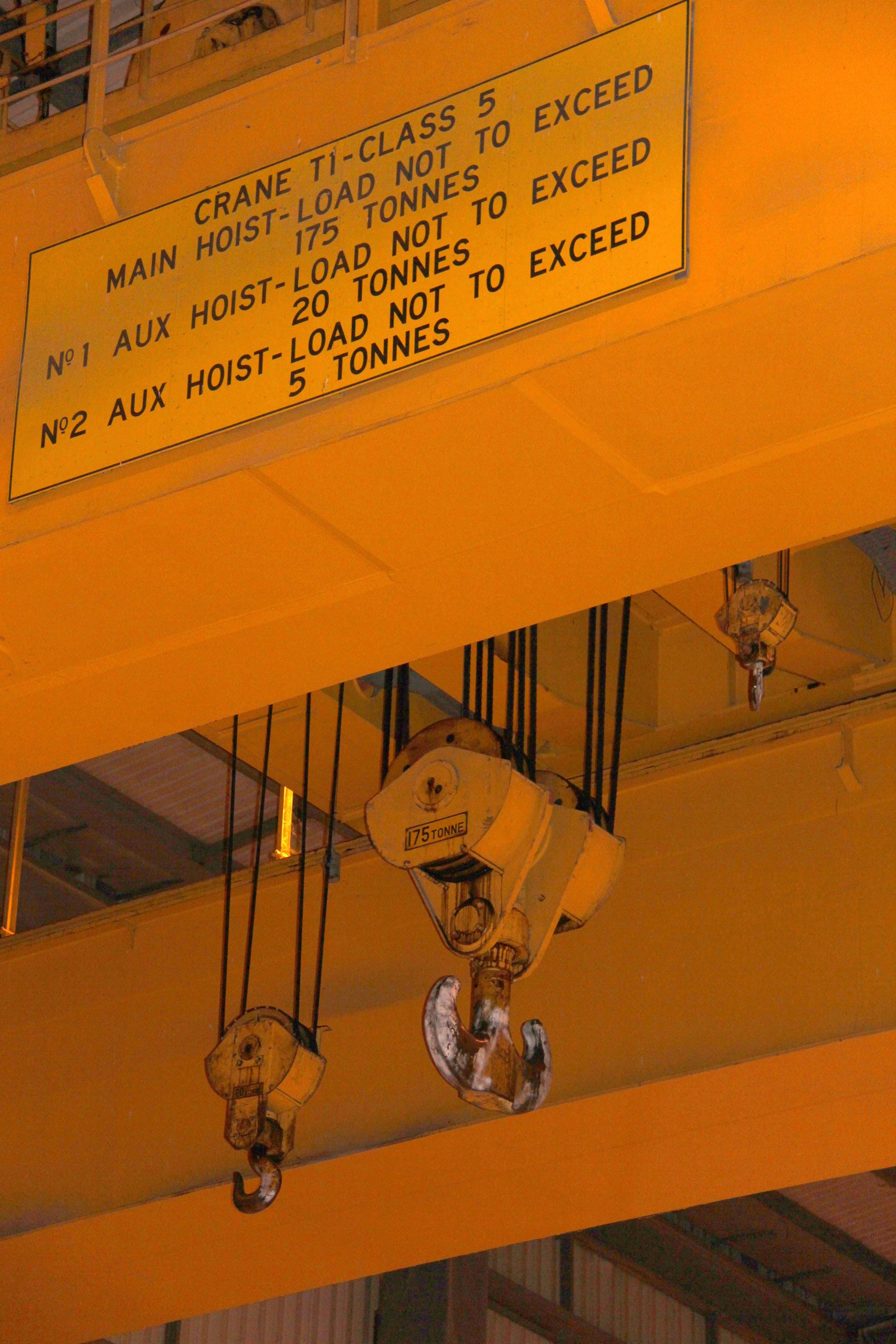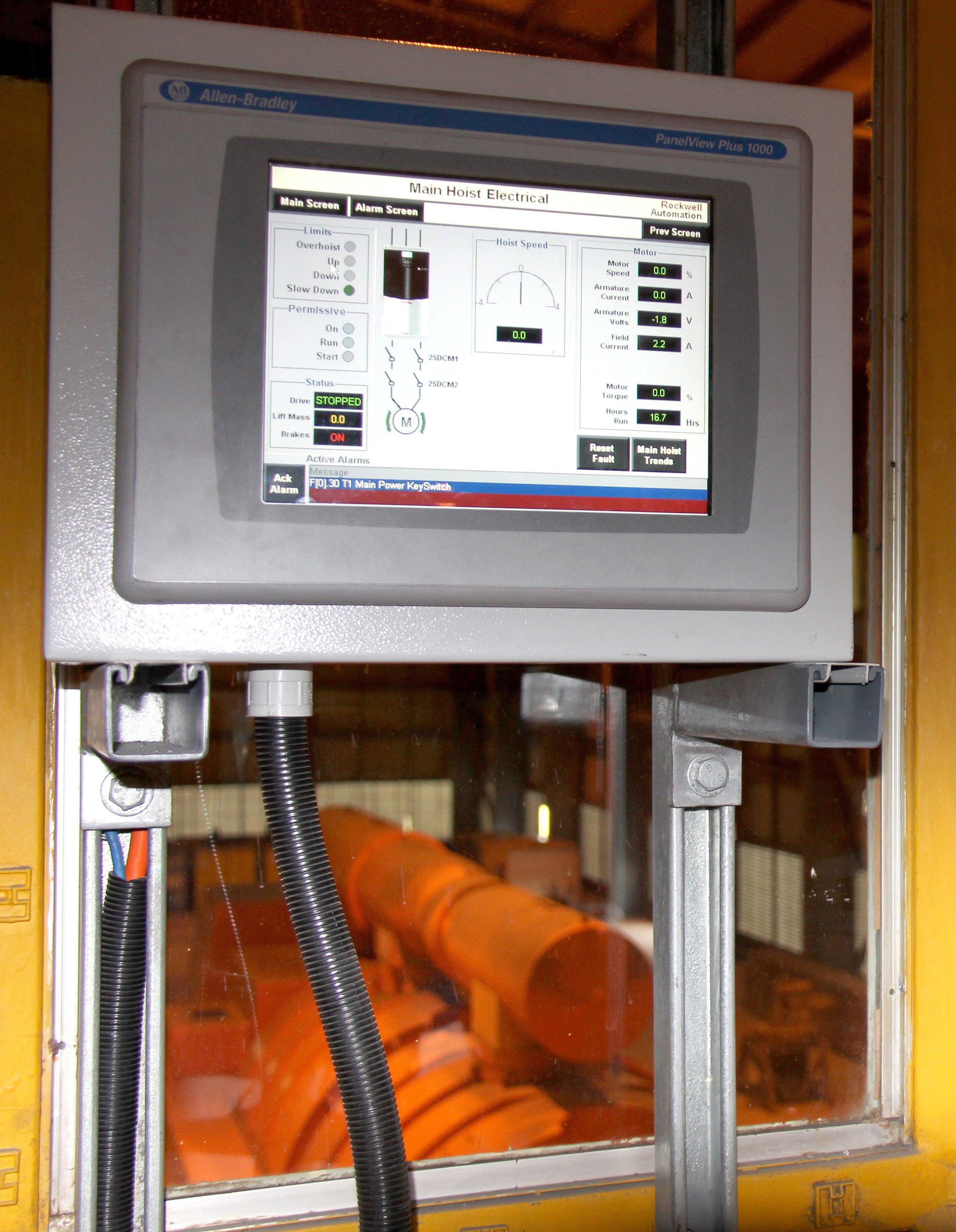Macquarie Generation's Bayswater Power Station in the Upper Hunter Valley area of New South Wales is one of two stations owned and operated by Macquarie Generation.
Each year Macquarie Generation produces approximately 13 percent of the electricity required by people in eastern Australia, making Macquarie Generation one of the country's largest electricity generators.
Bayswater's design reflects the progress and improvements in power generation technology to maximise efficiency and minimise environmental impacts. The most distinctive feature of Bayswater Power Station is the four evaporative cooling towers.
Over recent years Bayswater Power Station has produced approximately 15,000GWhs of electricity a year. This is enough power for 2 million average Australian homes and families.
Following a mandatory 25-year inspection Macquarie Generation recognised that two of the station's overhead cranes required upgrades to their drive systems to meet current Australian safety standards and to address obsolesce issues.
With a commitment to the improvement of operation and technology upgrades, BayswaterPower Station called on the expertise of the Rockwell Automation Solutions team to project-manage, design, manufacture, install and commission a solution to meet the Company's requirements.
The primary role of the cranes is for use during shut downs of the power station's generators. Shutdowns took place once or twice a year depending on what was required when work was suspended.
According to Peter Tomazic, Solutions Consultant for Rockwell Automation, “The primary role of the cranes is to lift equipment in and out as required during outages. When the power station is running normally these cranes generally sit idle.”
A Novel Approach
Designing a cost-effective solution to customise the electrical system to fit through the manholes of the existing crane structures presented some unique challenges that would call on the domain expertise and risk management expertise of Rockwell Automation.
During the risk assessment it was found that the cranes' access manholes were not large enough to allow installation of standard gear plates or new control cabinets.
“We discovered post audit that we would be putting the new solution into a very crammed electric house,” said Tomazic.
The crane drive systems are usually pre-installed in cabinets and the existing electrics had all been mounted into the frame of the crane and access into it was much like a ship hole door. It appeared as if when the cranes were originally built there was a bigger opening and the manufacturer had then built around it.
“As a result of this, we had to cross off an earlier idea to design entirely new cabinets, which would have made the job much easier,” said Tomazic.
“Instead we decided to manufacture the insides of the electric drive cabinet in a manner that could be brought into the existing crane electrics and fitted into the existing cabinets once they were gutted.”
Rockwell Automation provided a custom designed and manufactured solution consisting of GuardLogix and PowerFlex DC drives mounted on custom-built gear plates for installation in the original crane cabinets.




